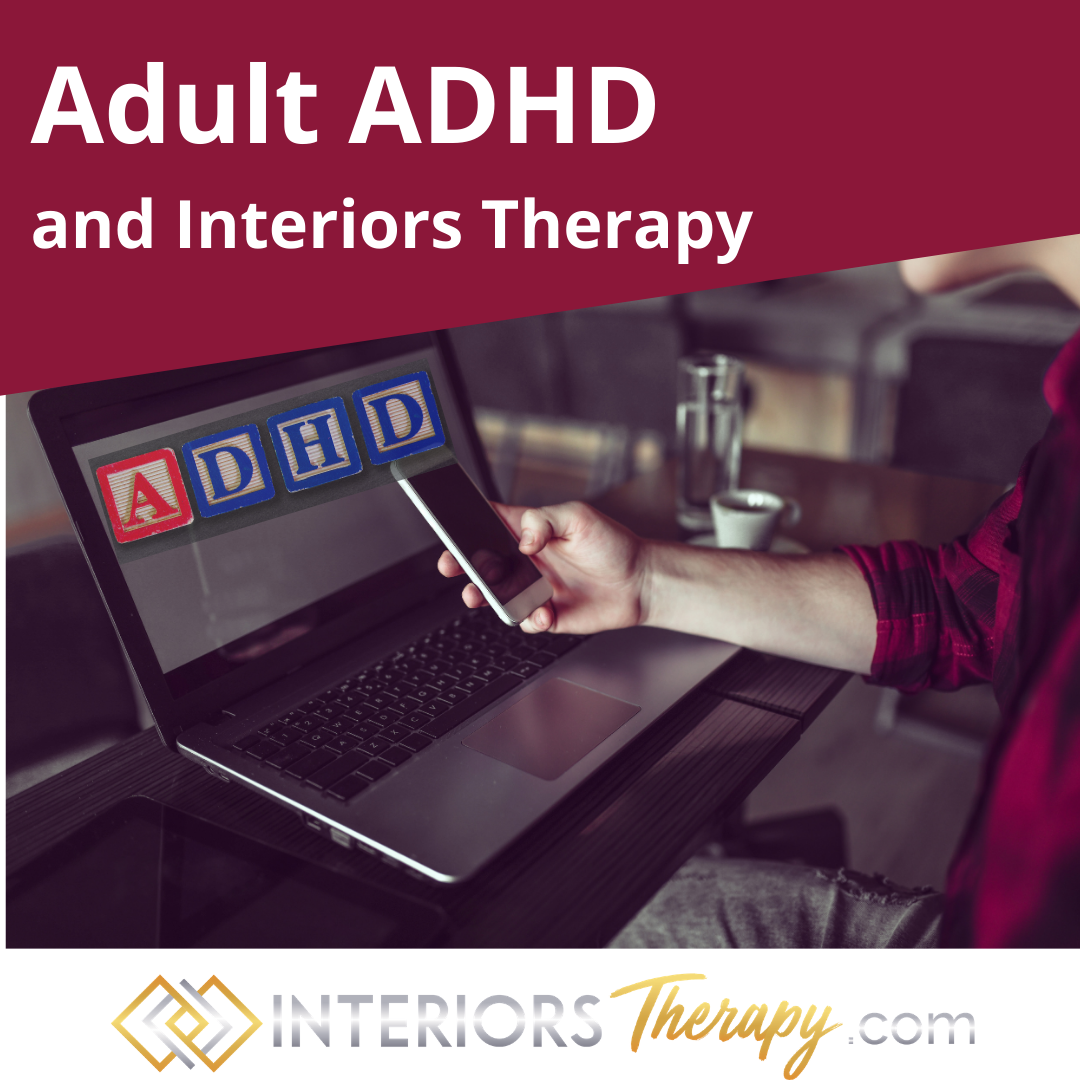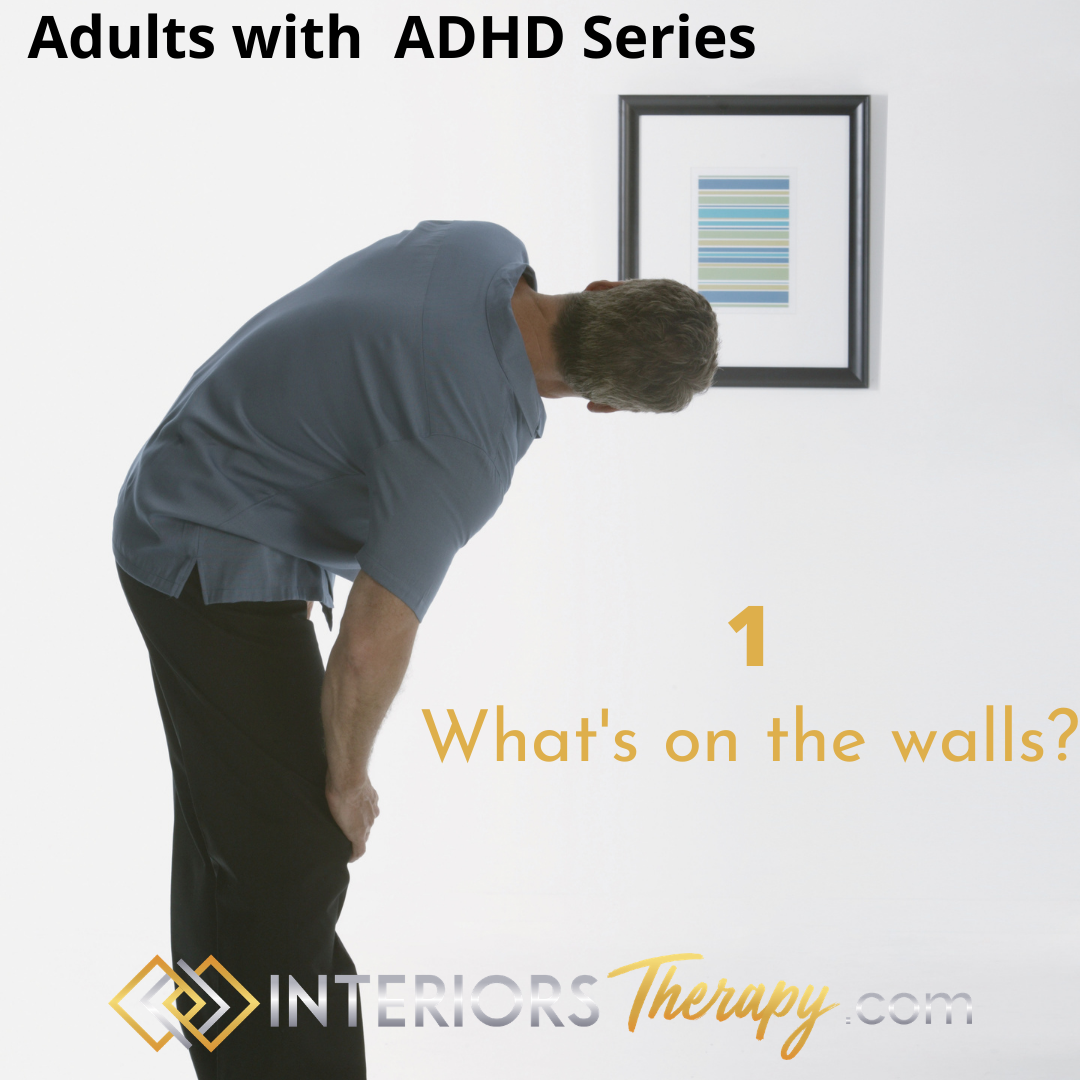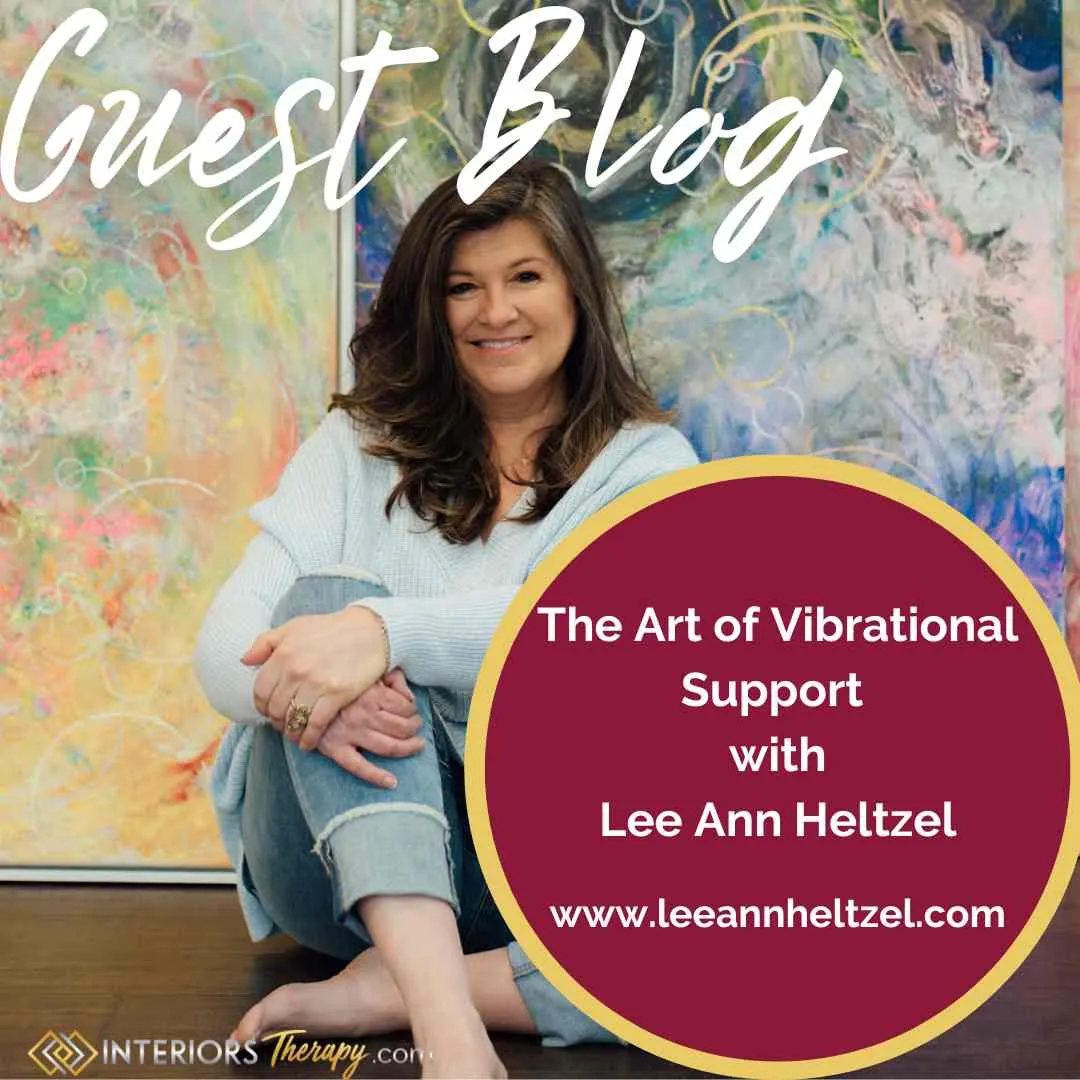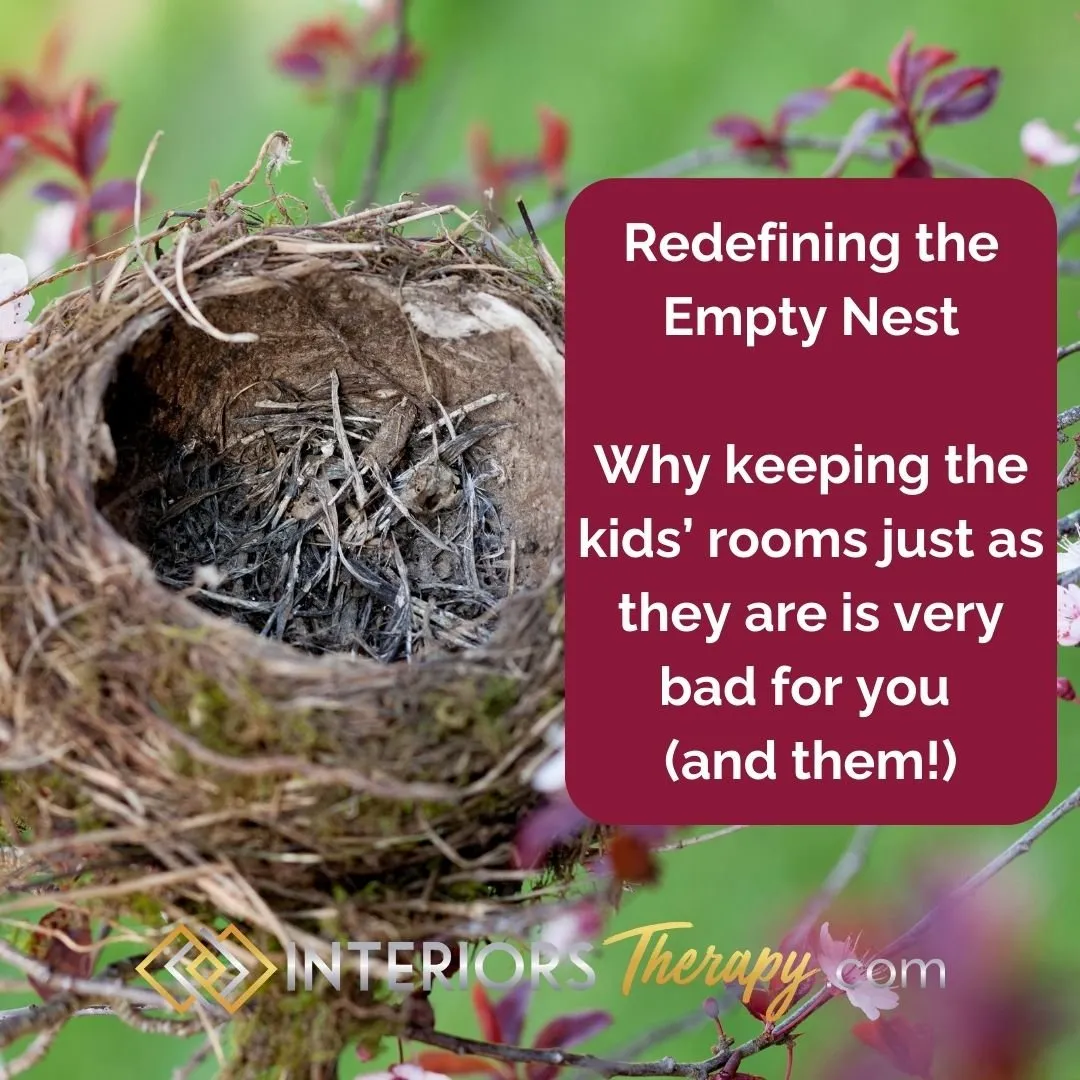ADHD and Interiors Therapy

One of my amazing clients was recently diagnosed with ADHD. She is neuro-divergent, proud to be in the neuro-minority and she’s thrilled to recognise it. For the first time her somewhat scattergun approach to life is making complete sense. Now she has answers, she is making up for lost time and connecting with other adults with a new diagnosis.
She got in touch to highlight the number of posts she is seeing in various ADHD groups which relate to the challenges someone living with ADHD has in terms of their clutter. She wanted me to share this information from what we thought was my neuro-typical perspective – she wants me to help others they way I help her.
You see I work with my clients and assist them – not just at the time, but giving them accountability and encouragement too.
Now my client proof-read this information, and tells me that for anyone who is neuro-diverse, they might read the first bit and then maybe come back to it later. So if that’s you – welcome… and welcome back! Thanks for returning to get the goodies waiting for you!
I recognise and admire the great many specialists in decluttering and organizing for individuals with ADHD. They understand the condition and why regular methods often don’t work for the ADHD brain. Although I have worked with a number of people with ADHD and other Autistic Spectrum diagnoses, I believed I was neuro-typical and even now, believe I am only very mildly neurodivergent.
Interiors Therapy is much more in depth than decluttering and goes a lot deeper to help people understand why they are attached to possessions to the point where they become unsightly and even dangerous. This is why it often becomes a lifestyle choice.
Reviewing clutter and understanding its power to cause overwhelm, anxiety, chaos and confusion is just one part of the Interiors Therapy process. When I’m working with a client, by the time any decluttering begins, they have already spent time tuning in with their possessions and noticing their emotional response to each item. It’s a key part of the process because it makes releasing anything which is not used, needed or loved so much easier.
So my top five Interiors Therapy tips for an adult living with ADHD and struggling with clutter might differ slightly from the usual recommendations;

1. Start by looking at what you have on the walls.
Look really look closely at the wall art, pictures, painting, photos and canvases, ornaments and trinkets and describe the content to yourself.
Then notice how they make you feel.
If the emotional response is sad, angry, tearful, confused, gloomy, lonely, frustrated, irritated, scared or anxious – these are big clues to say the item is unsupportive and regardless of its origin, it is worth considering why you keep it.
Why? Because the emotional reaction is directly connected to the way the subconscious mind responds to any particular item or situation. A negative emotion is essentially an assault on the subconscious and will trigger each time the item or situation slips into your awareness.
Ultimately, if the item is removed permanently, it is no longer a threat.

2. Look at everything in a bedroom as though you are soon to move abroad for an exciting new opportunity. What would really take with you?
This is your most personal space. Here you have complete jurisdiction over your clothes, so it’s a good place to start working on your de-cluttering thought process.
One of the ADHD guys I had the pleasure of working with pulled out 15 identical grey t-shirts and was certain every one of them was his ‘favorite’. The same happened with everything else. He had a room full of clothes he had not worn in years but was afraid to donate to charity in case he made a mistake and lost something special.
So we worked in a different way. We discussed his ambition to become a renowned expert in his field and move to the USA. I asked what he would actually take with him when it happened. He immediately identified the clothes which really mattered – the ones he genuinely loved to wear.
After that it was easy for him to detach from the rest and they went to charity that day. If you want to be someone extraordinary – dress to be that person now!

3. An individual sorting method.
Another Interiors Therapy technique is to put everything of the same type together in a way which makes sense. The thing is, what makes sense to me as a neuro-typical Fairy Godmother won’t necessarily match the thinking of someone with ADHD. So instead of making assumptions, we use the box method.
In advance of de-cluttering, pick up five or six sturdy boxes from the local supermarket –fresh fruit and veg boxes are ideal – strong, open, stackable and not deep enough to hide anything.
The room of someone with ADHD can be very messy, and initially my clients often tell me they can’t help it. They blame the ADHD and say it prevents them from organizing their thoughts.
My response to this is generally to raise an eyebrow, go a bit school-marmy and point out that if they are capable of driving a car safely and focusing on things which interest them, they are more than able to make their home work for them. It’s about learning to do it in a way which floats their boat.
At the most basic level, using the floor and every surface as a catch-all for a mixture of treasures and trash will amplify the impact of a neural-misfire. It’s almost impossible to make sense out of chaos and it’s very lonely trying to accomplish it alone.
So back to those boxes. We spread them out on the bed and use them to sort everything into categories which make sense to their owner. This might be the room they ‘should’ be kept in, how they are used, or need to be returned to someone else.
Each person is an individual and the boxes allow flexibility of thought. As each item is plucked off the floor, a decision is made – does it go or does it stay? OK if it’s staying, which box does it need to go into?
It always helps to do this with someone else – either present or on a video link – to keep the motivation going. Staying motivated is one of the major challenges in ADHD and that where, for the people I work with, having a slightly bossy Fairy Godmother on their team makes a huge difference.
Once the room is clear, the boxes are relocated to wherever they need to be and the process starts again to identify where the contents actually belong from now on.
Having the client justify the ultimate destination and explain why something is kept there seems to anchor the connection for next time.

4. Everything in its place.
And that brings me to a really crucial part of Interiors Therapy – and this is the same for everyone. Once the process is complete, you know exactly where to find everything you own. If I were to blindfold you and ask you to find a spare light bulb you could go straight to it.
For individuals with ADHD there is an intense need to be able to see the important stuff so it isn’t forgotten… bills to be paid are a prime example. Once they are done, they can be put away.
Getting a home organized to the point where everything has a place means those items which genuinely need to be visible for peace of mind are significantly reduced.
If there is a box for all the stationery and you know that’s where the scissors and sellotape will be, then it doesn’t need to sit (or rather be buried) on the kitchen work-surface.

5. Communication is key.
Interiors Therapy is a process. There will be give and take while each item is assessed and honest, kind communication with significant others is essential to ensure they know where to find things without having to ask.
This massively reduces frustration and saves copious amounts of the time spent on looking for missing passports and the like.
One newly married twentysomething with ADHD was creating havoc for her husband in their tiny home. She would put stuff in random places and cover his work or keys without thinking He was at his wits end and called me in with the expectation I would ‘sort her out’. Instead, we started with him.
We arranged a dedicated drawer for his paperwork and he committed to put everything away himself at the end of each working day so she didn’t need to move his stuff to use the table for supper.
He also identified a space where the car keys, his wallet and phone charger would live and a folder for the utility bills which she also used, so there was no risk of invoices being lost in a heap.
When her husband started to take responsibility for himself the wife immediately responded to the lack of stress and anger. She started to organize her own things in a way which worked for her and took the time to explain her thinking to him.
Their relationship is much improved, and the house is (mostly) tidy, which can only be a good thing as their first child is due later this year.
Its 18 months since we worked on my newly diagnosed ADHD client’s wardrobe, but it’s still organized and she knows exactly where everything should be put away… She stays on top of it because it feels good to be in control. She freely admits she is a ‘work in progress’ and is excited to work on other areas of her home as soon as restrictions permit.
I’m an Interiors Therapist, Award Winning Author and Speaker. I’m here to help.







